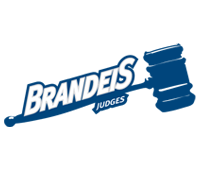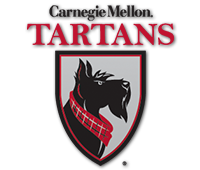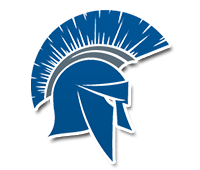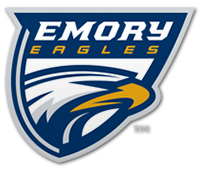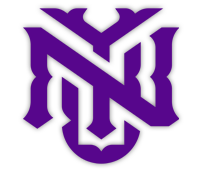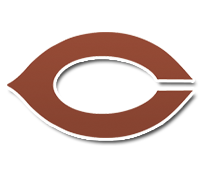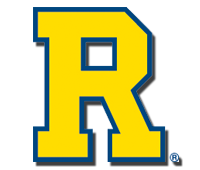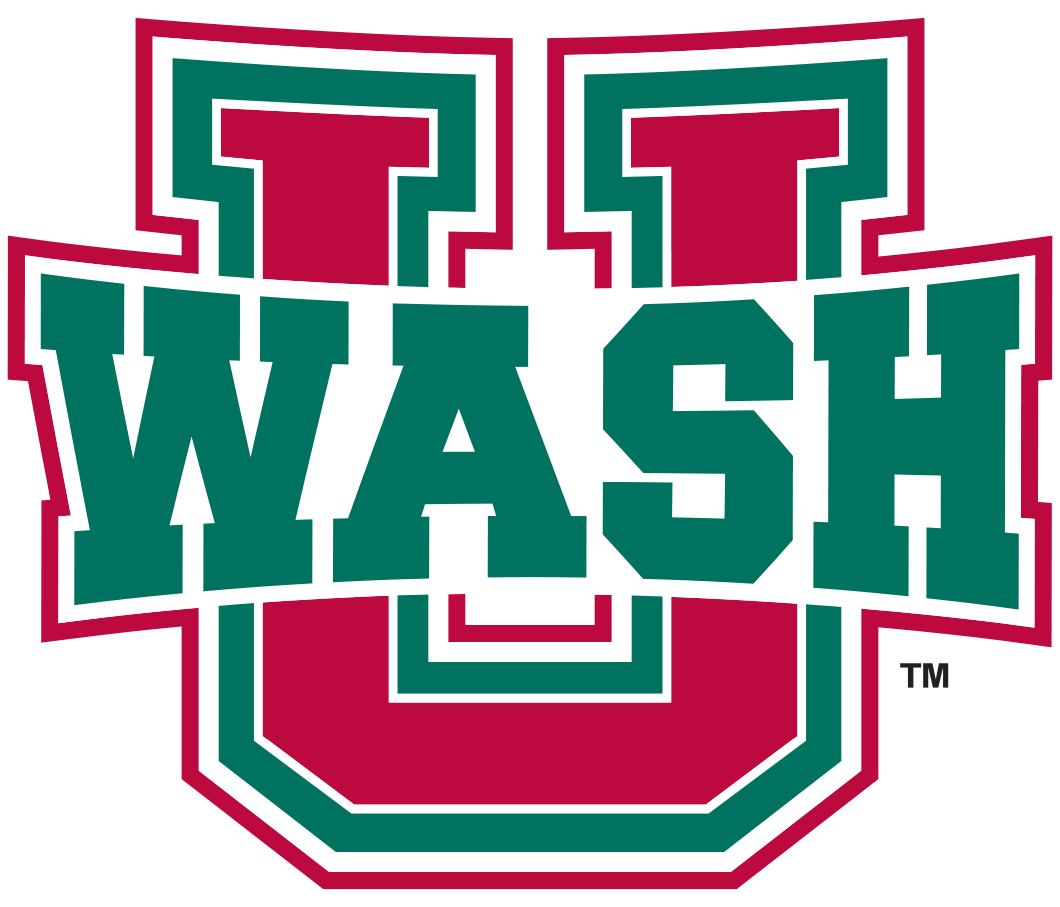
When Mary Wisniewski interviewed for an assistant athletic trainer position with Washington University athletic director John Schael at the National Athletic Trainer Association convention in Baltimore, Maryland in June 1988, she never could have imagined where it would take her career. “A few weeks after interviewing with him, I received a call from Ms. Mary Jean Mulvaney, the AD at University of Chicago asking if I would consider interviewing for their head athletic trainer position. I am forever grateful to John for recommending me to UChicago.” The 2020-21 season marks her 33rd with the Maroons.
Being at UChicago
She has seen tremendous change in the profession over that time. “Initially, I split coverage of 20 sports and 375 student-athletes with one colleague. Sport practices were from 3:00-6:00 p.m. Monday through Friday and over by noon on Saturdays. I also taught seven classes over three quarters each year,” she recalled. “Now we have a staff of four athletic trainers and more than 550 student-athletes. Practices go from early morning into late evenings. Teams practice and compete seven days a week. Now I mentor the UC EMS (Emergency Medical Services) group and team teach the Emergency Medical Responder class a couple nights each quarter.”
Wisniewski, who noted that UChicago’s enrollment has doubled since she started working there in August 1988, has seen multiple developments in athletic training over the years, but she sees the greatest benefit when new techniques are combined with time-tested methods. “Back in college (University of Delaware, where she was a two-sport athlete in volleyball and basketball) as a student athletic trainer, I was taught to use my hands as a primary modality. Today, we use instruments in addition to our hands,” she commented. “There are more advanced modalities and techniques used today such as cupping (which involves placing cups on the skin to create suction), dry needling (inserting thin needles into the skin and muscle at trigger points), IASTM (instrument-assisted soft tissue mobilization), blood flow restriction, and postural restoration therapy to name a few. Research has resulted in the use of evidence-based practices and techniques handed down from generation to generation.”
READ MARY'S FULL STORY:


